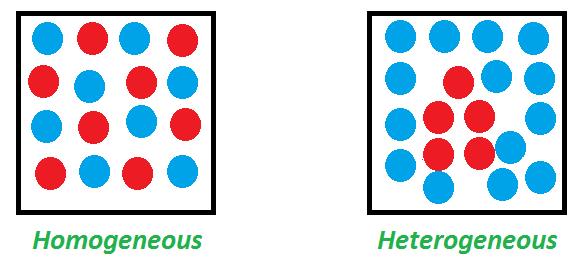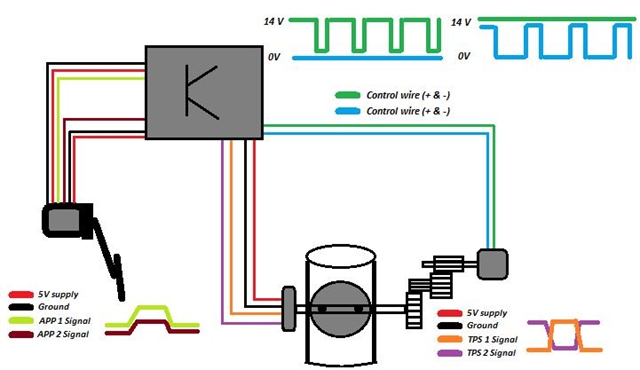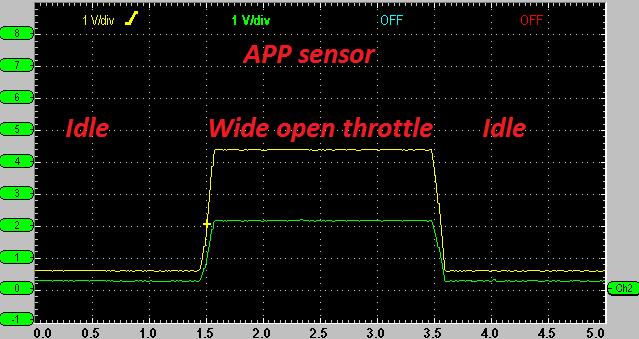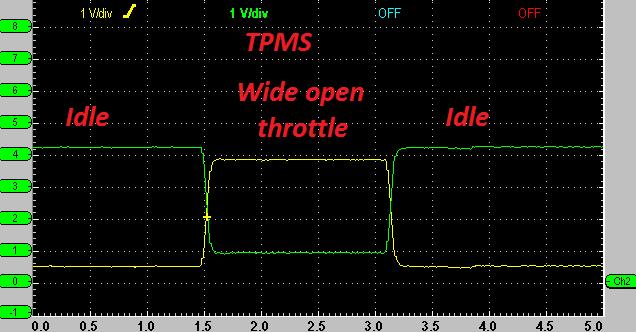Damien Coleman investigates electronic throttle control in the first of a multi-part Technical Focus feature...
Electronic throttle control has now become a standard fitment in all spark ignition engines.
This has allowed for advances in technology such as cruise control, traction control, limited operating strategy (limp home mode) and engine speed limiter.
Although these functions previously existed, electronic throttle control has further refined the operation of the vehicle, complementing these functions.
Another advantage of electronic throttle control has been seen on vehicles with direct fuel injection which can function in two modes: homogeneous and stratified.
Homogeneous mode is when the engine runs on a stoichiometric air to fuel ratio of 14.7:1 and fuel is injected late on the exhaust stroke/early on the intake stroke.
The fuel and air mix together to give a homogenous fuel mixture.
Stratified mode is when fuel is injected late on the compression stroke and the mixture formation is heterogeneous, as demonstrated below:

On the diagram the blue circles represent air and the red circles represent fuel.
As can be seen the mixture is exceptionally rich in the centre of the heterogeneous mixture but overall as a whole the mixture is lean.
Under stratified running mode the throttle valve is held fully open and the driver demand (accelerator pedal input) is varied by adjusting the quantity and pressure of the fuel being delivered.
Without electronic throttle control this functionality would be at best extremely complex or more realistically, would be impossible as there has to be a complete disconnect between the accelerator pedal input and the control of the throttle valve.
Vehicles fitted with electronic control can precisely control idle speed and also use additional processes such as closing the throttle valve slightly under cranking to improve engine start-up. This is controlled by changing the electrical polarity of the throttle motor.
The image below shows a basic electronic throttle control system:

As can be seen from the image, accurate monitoring of the accelerator pedal position (APP) and throttle motor position (TPMS) are required.
These sensors have two/three outputs for redundancy and fault detection.
In the case of a single track/circuit failure then the system can still function, also electrical short and open circuits can easily be detected.
Below is an example of both APP and TPMS position sensor waveforms:


Date posted: 2 September 2016